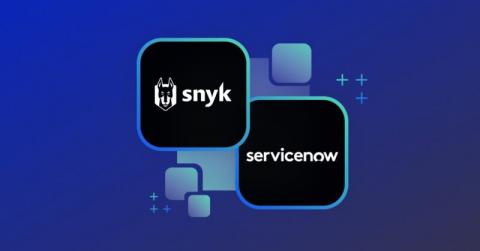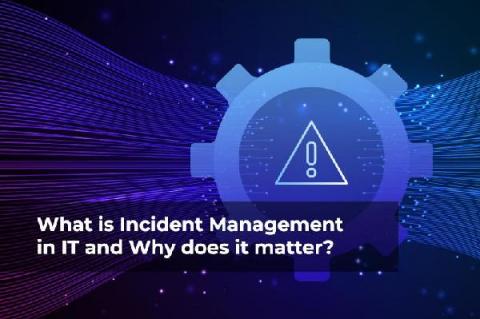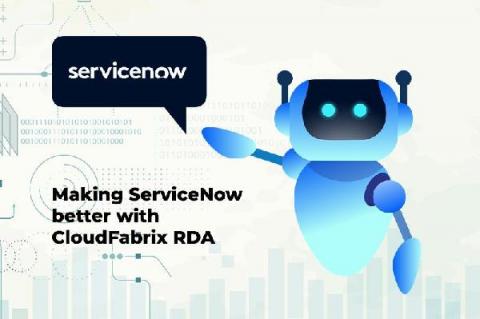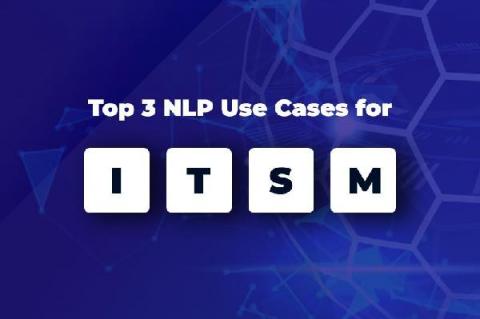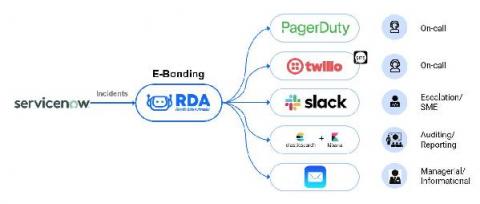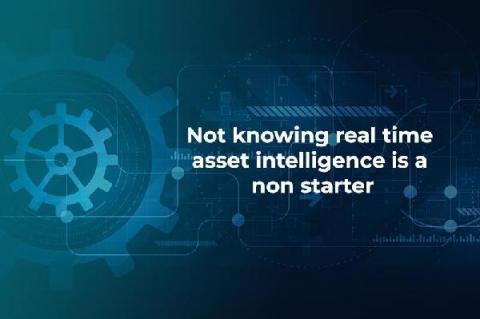Snyk enhances ServiceNow with comprehensive insights into vulnerabilities in open source software
We’re excited to announce a new partnership to bring Snyk security insights to ServiceNow workflows. The integration between Snyk Open Source and ServiceNow Application Vulnerability Response, the first of its kind, gives application security teams visibility into vulnerabilities in open source dependencies to provide a complete view of an organization’s application security posture.


